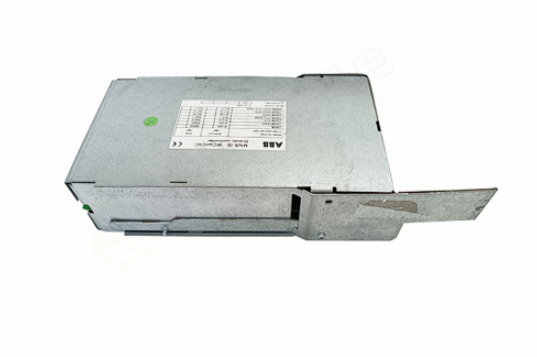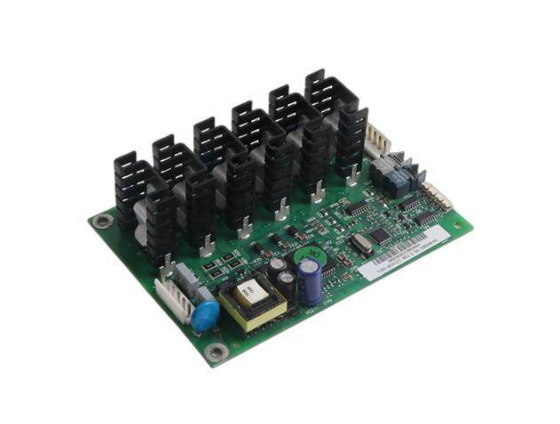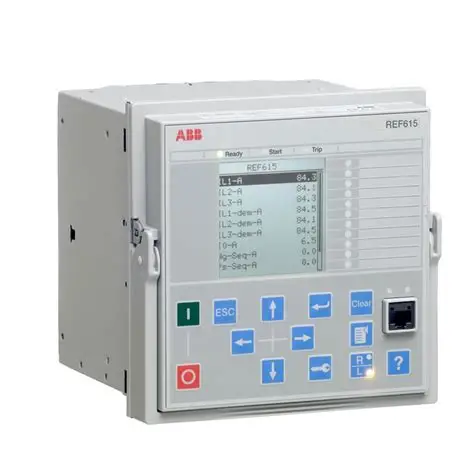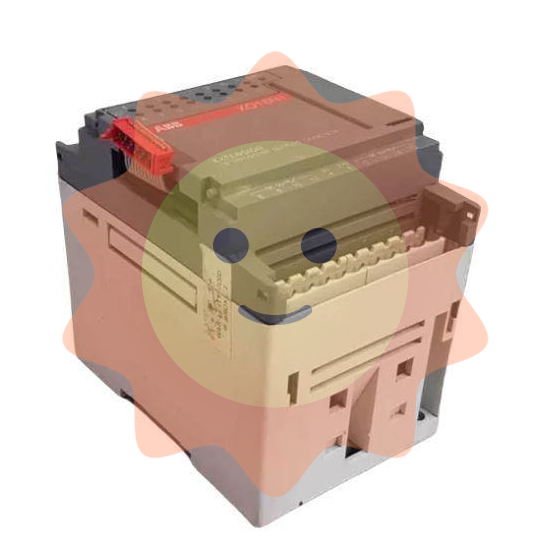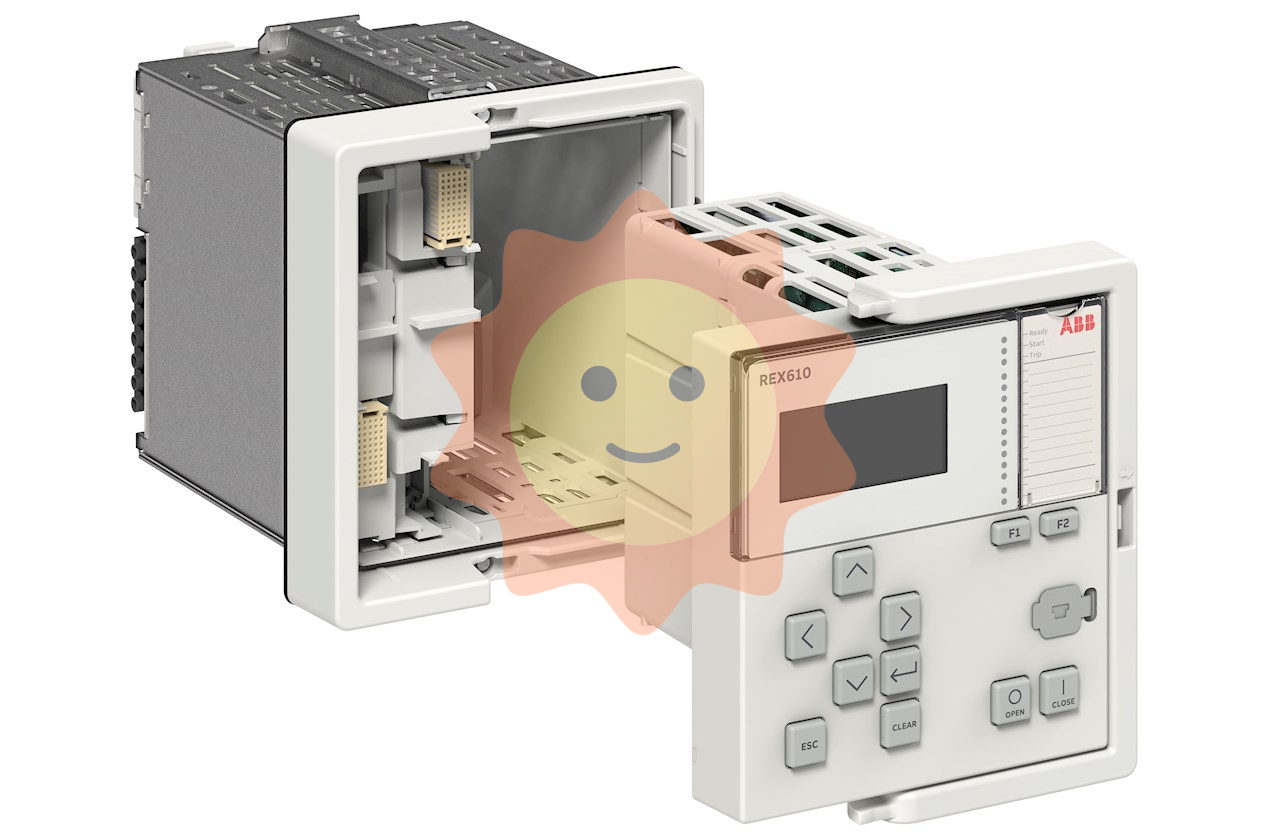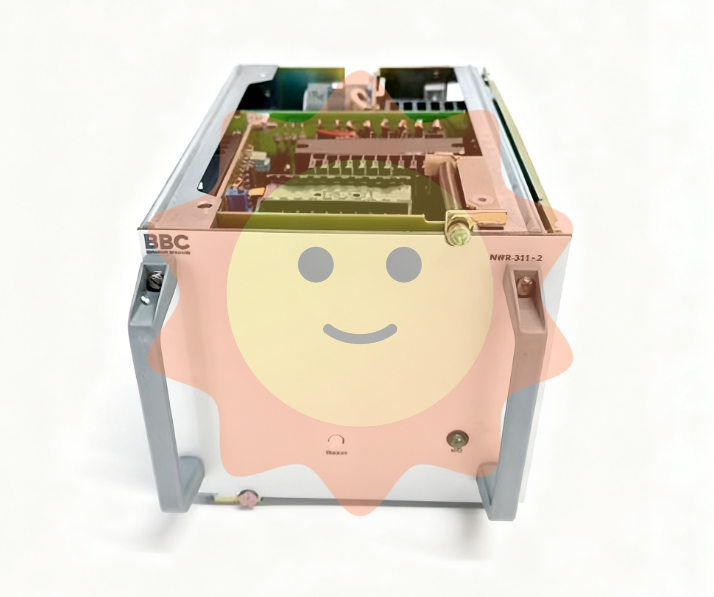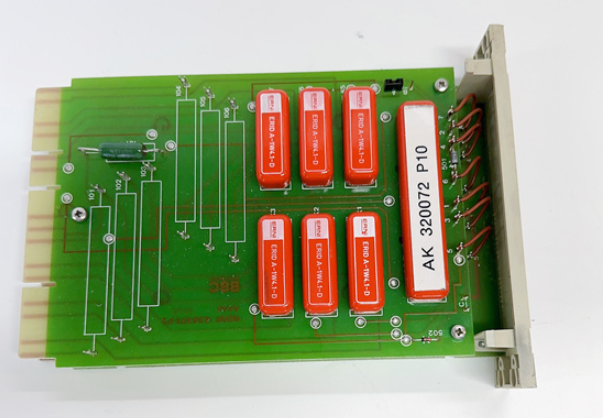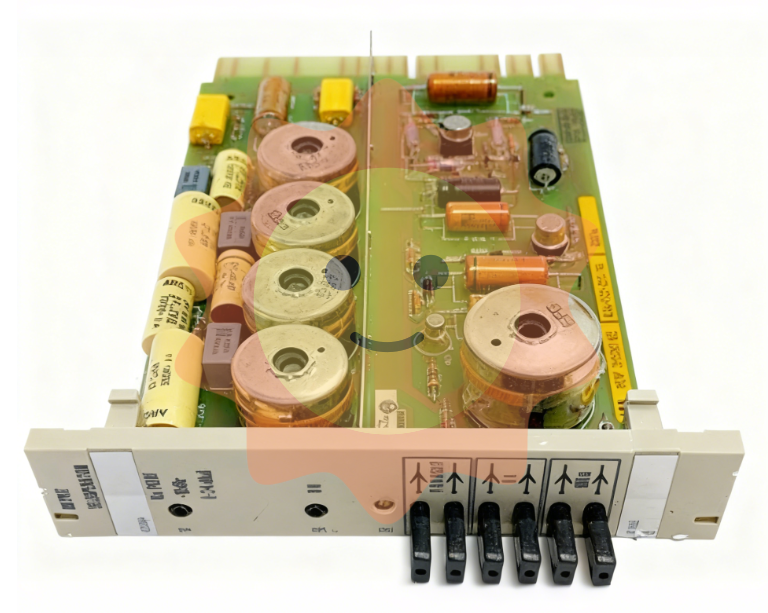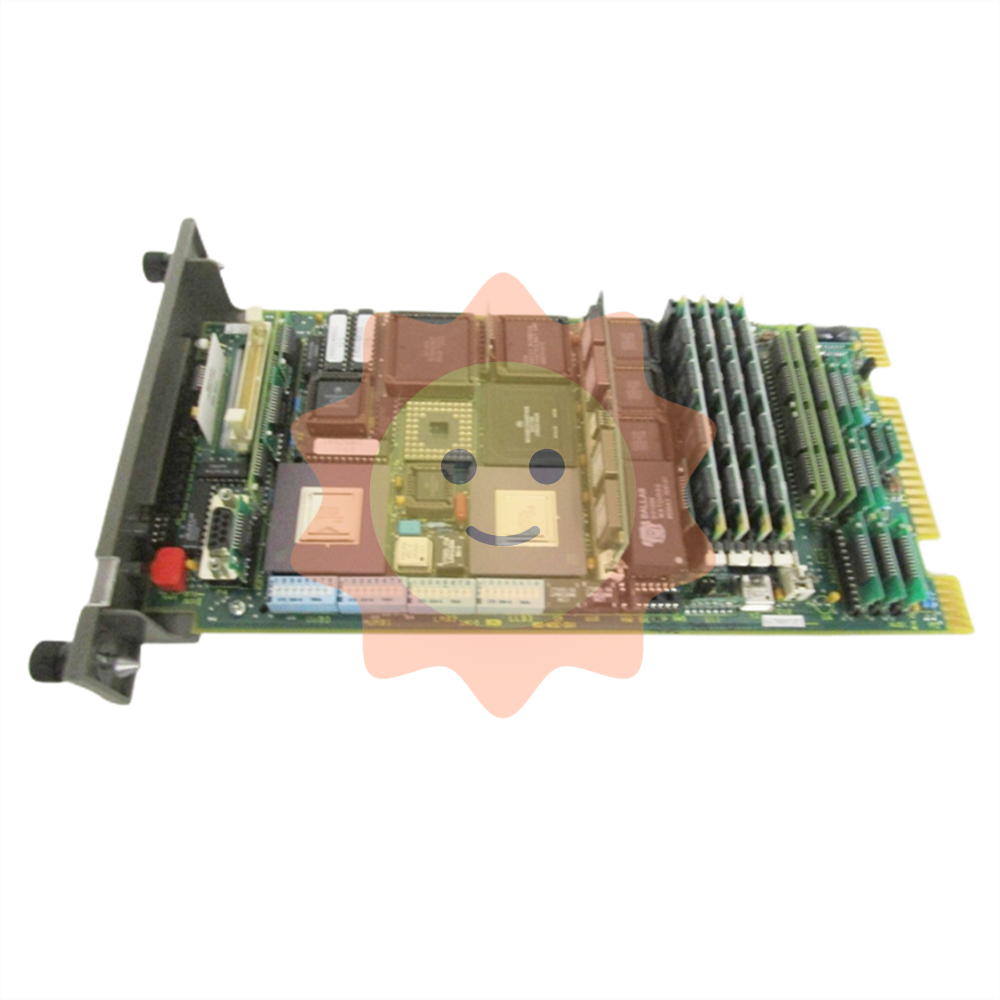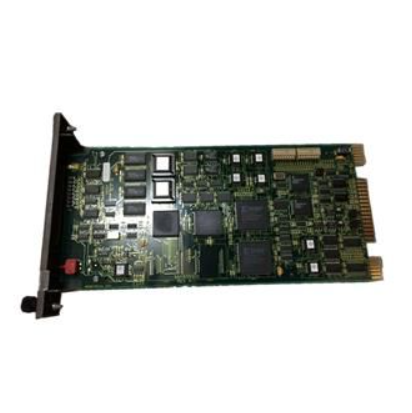Shipbuilding industry leading enterprises, through the cycle ushered in the dawn
First, CSSC core military and civilian products main business listed company
(A) state-owned holding ship construction enterprises, continuous integration and cast industry leaders
Since its listing, it has undergone continuous integration and reorganization and become a leader in the global shipbuilding field. The company's predecessor, Hudong Heavy Machinery Co., Ltd. was jointly initiated by Hudong Shipyard and Shanghai Shipyard under China State Shipbuilding Corporation. It was registered and established in Shanghai on May 12, 1998, and listed on the Shanghai Stock Exchange on May 20 of the same year. In 2000, Hudong Heavy Machinery in the domestic Marine medium and low speed diesel engine market share reached 65%, 2004 output ranked fifth in the world, 2005 diesel engine annual output exceeded 1 million horsepower.
In 2007, the company completed the asset restructuring and changed its name to China State Shipbuilding Industry Co., LTD., the main business of shipbuilding, ship repair, machinery (core supporting) three major businesses, and became the core civilian products main business listing platform of China State Shipbuilding Group Corporation. Then, on the basis of the original business such as sharp and fine shipbuilding, the company vigorously expanded the non-ship business such as ocean engineering and mechanical and electrical equipment. According to the company's annual report, Waigaoqiao Shipbuilding delivered the 3000m deepwater drilling platform "Offshore Oil 981" in 2011, and CSSC Chengxi successfully repaired the FPSO ship; In 2015, Waigaoqiao Shipbuilding successfully named and delivered its first 18,000 TEU container ship, and undertook six construction projects of 21,000 TEU super large container ships, the largest in the world at that time, and the first domestic luxury cruise ship project. In 2018, Waigaoqiao Shipbuilding built the world's first 400,000-ton intelligent super large ore carrier and 350,000 tons offshore floating production, storage and unloading equipment, etc., constantly upgrading and optimizing the ship structure. At the same time, in order to cope with the overcapacity situation after the cold ship market in 2008, the company has transferred the shares of Changxing Shipbuilding, Wenchong Dock, Chengxi Heavy Industry and other subsidiaries and some offshore engineering orders, continued to integrate resources and focus on the main business, leading the development of Marine engineering advanced technology.
State-owned Assets Supervision and Administration Commission of the State Council is the actual controller of the company. CSSC directly holds 44.47% of the company's shares, and indirectly holds 5.95% of the company's shares through CSSC Defense and CSSC Investment, totaling 50.42% of the company's shares, and is the direct controlling shareholder of the company.

The company's subsidiaries cover the complete shipbuilding industry chain. Ship repair business includes the routine repair of all types of ships and ship conversion work; The power business is mainly the power business of high power medium and low speed diesel engine undertaken by Hudong Heavy Machinery. Marine engineering includes semi-submersible vessels, FPSO, offshore oil drilling platforms and other products; Mechanical and electrical equipment is more diversified, products such as wind tower, desulfurization tower, subway shield and so on. The company's five major businesses are coordinated and developed at the same time, which can provide customers with a full range of services.
(2) Through the trough of the global ship market cycle, diversified business ushered in the dawn of dawn
The company's performance is basically consistent with the global ship market cycle. Then the company's revenue began to decline under the background of the overall recession of the global shipping market, and in the middle of 2014-2015, the company's revenue also recovered due to the rebound of new orders in the shipping market stimulated by China's infrastructure investment. In 2019, as the ship market gradually bottomed out, the company's performance rebounded, and in 2020, the revenue of Jiangnan Shipbuilding and Guangsheng International was included in the table after the asset restructuring.
The overall gross profit margin fluctuates greatly. The company's overall sales gross margin was also significantly affected by the ship market cycle, and was relatively consistent with the power business (diesel engine) and ship building and repair, which accounted for the highest proportion of revenue before and after 2007. In terms of net profit margin, except for the unusually low gross profit margin caused by the company's provision for the liquidation of hand-held ships and the impairment loss of offshore engineering orders in 2016-2017, its change trend is basically consistent with the gross profit margin.
In terms of power business, affected by factors such as shrinking demand in the ship market, it began to decline, but it remained at a high level until 2012, when the sales price of diesel engine dropped significantly, and the gross profit margin of this part dropped to 14.54%. After bottoming out in 2014, due to the increase in the proportion of sales of medium-speed machines with relatively high gross margin, the gross margin of power business began to rebound, and it will be 18.46% in 2020.
In terms of Marine engineering, during the four years from 2015 to 2018, the global Marine engineering market was in a long-term trough, product delivery was difficult, and some product orders were canceled, during which the gross profit margin of the company's Marine engineering was hovering around 0. In this regard, the company actively promoted the "destocking" of offshore equipment by transferring orders, participating in investment and establishing partnerships, and achieved initial results in 2019 after four years of pain, and 10.33% in 2020.
In recent years, the proportion of expenses in revenue has stabilized and the net inflow of operating cash flow has been maintained. Then, after the company implemented market-oriented debt-to-equity swaps, disposed of inefficient assets, and further scientifically optimized the management system, the proportion of company expenses during the period gradually returned to normal levels.
In recent years, the company's net operating cash flow has continued to be a net inflow state, and monetary funds are also relatively sufficient, especially after the realization of asset restructuring in 2020, the financial strength has been further enhanced.
Second, the ship market through the cycle, the total structure of the opportunity
(1) Introduction to the industrial chain of ship construction industry
Shipbuilding industry chain can be divided into upper, middle and lower reaches.

As the upstream of the industrial chain, ship design determines the technical specifications and major indicators of the ship, and is the core link of the entire industrial chain, with high technical barriers. At present, most high-level ship design institutions are concentrated in Europe, Japan and South Korea, Such as Norway's Ulstein Group (Ulstein Group), Finland's WartsilaGroup (WartsilaGroup), Japan's Kitada Shipping Design Company (Kitada Shipping Design Company), South Korea's Geo Shipbuilding and Marine Technology Co., LTD. (Geo Shipbuilding & Marine Technology Co., LTD. At present, Chinese ships have strong design capabilities in specific ship types. For example, Jiangnan Shipbuilding is the only ship enterprise in China with a full range of liquefied gas vessels, research and development, design and construction capabilities, and Waigaoqiao Shipbuilding has a design company specializing in the research and development and design of offshore products. At the same time, Chinese ships can rely on the design resources within CSSC, such as the 13 16000TEU container ship orders undertaken by Guangzhou Shipbuilding International in 2021 designed by China State Shipbuilding Group 708 Research Institute.
Ship manufacturing, like most transportation equipment manufacturing, is an extremely complex system engineering, in addition to raw materials such as steel, core manufacturers usually outsource specific production links to other manufacturers in a modular manner, thereby realizing the optimal allocation of resources on a global scale. These outsourced modules mainly include Marine power equipment (such as German MAN Diesel & Turbo Marine low-speed diesel engine, German MAK high-speed Marine diesel engine, etc.), Marine navigation equipment (such as British Decca radar, German Anschutz Compass, etc.) and deck machinery (such as Finland Cargotec, Finland). Aker Solutions (Norway), etc.
Marine low-speed diesel engine is the "heart" of the ship. From the introduction of foreign advanced technology, Hudong Heavy Machinery has gradually developed and optimized its own diesel engine series. After reorganization and integration, it can research and develop and manufacture Marine medium and low speed diesel engines, gas engines and dual fuel engines, etc., forming the whole industry chain capability of research and development, manufacturing, supporting and service.
The core manufacturers have assembled and formed each sub-module through three major processes, such as hull construction, ship outfitting and ship painting, and handed it over to the shipping company. The quality of this link largely depends on the manufacturer's production organization and some core shipbuilding technologies, such as precision control technology, regional painting technology and so on. The world's leading Shipbuilding companies include South Korea's Hyundai Heavy, South Korea's Samsung Heavy, Japan's Imabari Shipbuilding Co., Ltd and others.
The shipping company is responsible for the operation of the ship and decides when to dismantle the ship, taking into account factors such as the condition of the ship, the market and the market price of steel.
Shipbreaking industry is a labor-intensive industry, and the environmental pollution is large, in recent years with the development of China's economy, shipbreaking industry has gradually transferred to Bangladesh, India and other developing countries in Asia.
(2) The terminal shipping demand picks up, and the volume and price of new orders rise
Ship prices are also affected by the shipbuilding cycle, and their response to the macroeconomic environment is more timely and obvious. Especially after the global economic crisis in 2008, the price of various types of ships continued to decline sharply.
New orders this year have shown a rebound trend. In particular, the new orders in March this year were 22.42 million deadweight tons, and the order value was $16.7 billion, both indicators were the highest values since January 2014.
At the same time, the cost of new orders of ships is also continuing to increase. The price of new shipbuilding orders has continued to rise since the end of last year, and the new ship price index as of October this year has increased by 21% compared with the end of last year, and the second-hand ship price index has increased by 95%. From the perspective of various ship types, container ships, bulk carriers and oil tankers increased by 26%, 30% and 24% respectively compared to the end of last year.
We judge that the current shipbuilding cycle is in the bottom up stage.
In recent years, the trend of capacity growth has slowed down, the order in hand has been declining, and if there is a marginal improvement in demand, the demand for new orders is strong.
In addition, the average distance transported per ton of cargo has shown an increasing trend in recent years. We calculate the average distance per ton of goods by dividing the volume of traffic by the volume of trade. We can see that the average distance per ton of goods has shown an upward trend since roughly 2009, which may be due to the overall increase in the proportion of trade between countries in the world and countries that are farther away. Another possible reason is a reduction in the amount of cargo carried on average per ship. If the trend of increasing average distance per ton of cargo continues, the demand for fleet capacity will increase, other conditions being equal.

(3) The demand for fleet renewal emerges, and environmental protection requirements catalyze the elimination of old ships
As the average age of the fleet increases, the need for replacement emerges. Container ships increased in particular, the average age of global container ships in November 2021 was 13.4 years, the highest value since the data were collected in 2005, and the remaining two mainstream ship types have also been in the long-term rise channel since 2011. The gradual increase in the average age of the fleet will create a continuous need for renewal in the future.
In recent years, the demand for environmental protection has been increasing, which has played a boosting role in the modification and upgrading of the original ships. The environmental pollution caused by the shipping industry has been highly concerned by the international community, the International Maritime Organization (IMO) has been committed to promoting the greenhouse gas emission reduction work of the shipping industry, and constantly formulate and introduce mandatory regulations to prevent environmental pollution from ships. At present, ships mainly rely on fossil fuels, and it is expected that the number of replacement ships required to meet environmental requirements in the future will be large. In addition, the Marine ecological environment issues put forward new requirements for ships. In 2004, the International Maritime Organization (IMO) adopted the International Convention on the Control and Management of Ships' Ballast Water and Sediments, which was officially implemented on September 8, 2017, and ships built since then must be delivered with a Ballast water treatment system (BWMS) and meet the D-2 standard. The increasing demand for environmental protection has helped the development of the company's shipbuilding and ship repair business.
Third, the ship market has three pillars, and Chinese ships play an important role
(1) China's shipbuilding strength has been enhanced, and many indicators rank first in the world
The ship construction market is becoming concentrated in the top countries, and China's share has increased significantly. From the perspective of countries, the number of new orders and the proportion of deadweight tons in the world showed a trend of substantial growth in China, slight growth in South Korea, and gradual contraction in Japan, of which China's proportion increased from less than 10% in 1996 to half of the country in 2021.
However, in terms of order quality, there is still a big gap between China and South Korea. Since 1996, the average load and average price of new orders in the global ship market have risen to a certain extent, but the corresponding indicators of new orders in China are still relatively low, and the gap between South Korea and China has not narrowed. By 2021, China's new ship orders will average 72,800 DWT/ship, with an average value of $54.33 million/ship.
The overall competitive pattern of the leading ship enterprises is consistent with the overall national pattern. Taking China, Japan and South Korea's respective head shipping companies CSSC, South Korea's Hyundai HI Group, and Japan's Imabari Shipbuilding as an example, the delivery capacity of China and South Korea's shipping companies has been significantly ahead of Japan's Imabari, and from the perspective of China and South Korea, In recent years, the number of orders delivered by CSSC has exceeded that of Hyundai in South Korea, but because the average load of shipbuilding in China is lower than that in South Korea, the load excess of orders delivered is relatively small.

Comparing the types of ships delivered by CSSC and Hyundai, there are obvious structural differences between them. Take 2021 data for example. From the perspective of delivery order quantity, CSSC delivered bulk carriers, oil tankers and container ships in relatively balanced quantities, of which oil tankers were slightly less, in addition to a small number of LNG/LPG ships and a considerable number of other ship types. Among the three ship types of Korea Hyundai, oil tankers occupied a major position. There are nearly a third of LNG/LPG vessels, and almost none of the other ship types. Combined with the delivery order load, CSSC delivered bulk carriers with higher load, but the average container ship load is slightly lower than that of South Korea Hyundai.
Overall, the current global shipbuilding industry shows that China, Japan and South Korea are concentrated in the lead, especially in China and South Korea as the most competitive situation. Compared with China and South Korea, China has developed rapidly in recent years, and has certain advantages in bulk carriers, while South Korea has traditional advantages in tankers, LNG, LPG and other liquid cargo ships, and the added value of ships is still ahead of China.
(2) Chinese ships dominate, and five subsidiaries work together to develop
The company headquarters has 5 holding subsidiaries, namely: Jiangnan Shipbuilding, Waigaoqiao Shipbuilding, CSSC Chengxi, Guangzhou Shipbuilding International, CSSC Power Group; It has two shareholding subsidiaries, namely: Huangpu Wenchong and Chengxi Yangzhou.
- EMERSON
- Honeywell
- CTI
- Rolls-Royce
- General Electric
- Woodward
- Yaskawa
- xYCOM
- Motorola
- Siemens
- Rockwell
- ABB
- B&R
- HIMA
- Construction site
- electricity
- Automobile market
- PLC
- DCS
- Motor drivers
- VSD
- Implications
- cement
- CO2
- CEM
- methane
- Artificial intelligence
- Titanic
- Solar energy
- Hydrogen fuel cell
- Hydrogen and fuel cells
- Hydrogen and oxygen fuel cells
- tyre
- Chemical fiber
- dynamo
- corpuscle
- Pulp and paper
- printing
- fossil
- FANUC
- Food and beverage
- Life science
- Sewage treatment
- Personal care
- electricity
- boats
- infrastructure
- Automobile industry
- metallurgy
- Nuclear power generation
- Geothermal power generation
- Water and wastewater
- Infrastructure construction
- Mine hazard
- steel
- papermaking
- Natural gas industry
- Infrastructure construction
- Power and energy
- Rubber and plastic
- Renewable energy
- pharmacy
- mining
- Plastic industry
- Schneider
- Kongsberg
- NI
- Wind energy
- International petroleum
- International new energy network
- gas
- WATLOW
- ProSoft
- SEW
- wind
- ADVANCED
- Reliance
- YOKOGAWA
- TRICONEX
- FOXBORO
- METSO
- MAN
- Advantest
- ADVANCED
- ALSTOM
- Control Wave
- AB
- AMAT
- STUDER
- KONGSBERG
- MOTOROLA
- DANAHER MOTION
- Bently
- Galil
- EATON
- MOLEX
- Triconex
- DEIF
- B&W
- ZYGO
- Aerotech
- DANFOSS
- KOLLMORGEN
- Beijer
- Endress+Hauser
- MOOG
- KB
- Moxa
- Rexroth


Email:wang@kongjiangauto.com

